Laserdance – The kings of Spacesynth
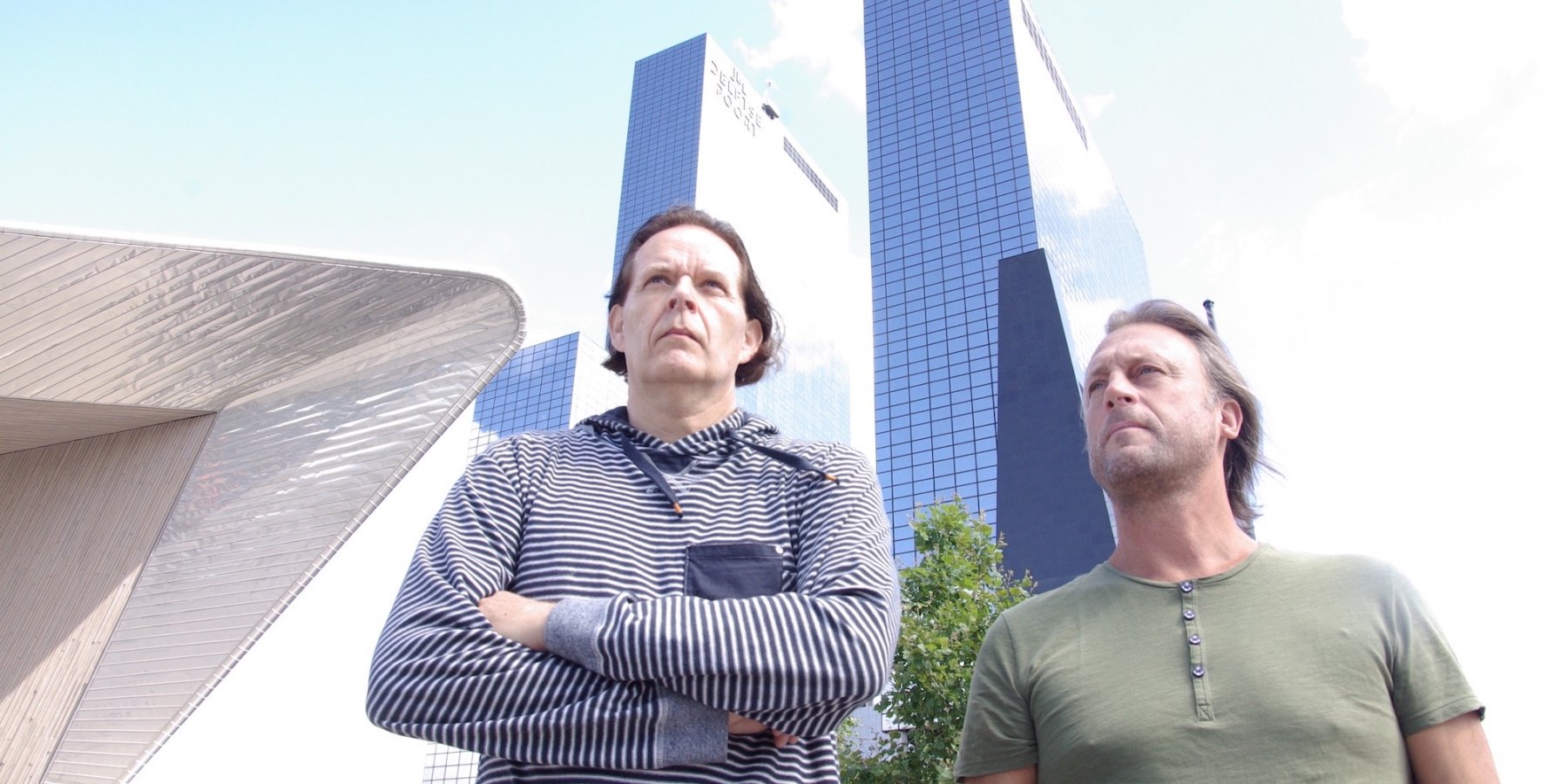 Erik van Vliet och Michael van Der Kuy.
Erik van Vliet och Michael van Der Kuy.
In the late 70’s, the electronic dance music begin to emerge, and the Italian disco synth pioneer Giorgio Moroder was a inspiration for the Italo Disco genre. Synth and disco music was produced by many Italian producers around 1977 and onward.
For a Swedish version of this article, please click here.
Italo Disco and Spacesynth music consists of tracks with simple arrangements, catchy melodies, and a sound generated by analog synthesizers, and drum machines. Italo Disco had its peak around 1985, and was played frequently in Swedish clubs (and, of course, internationally too). Spacesynth, or Space Disco as it is also called, counts as a subgenre of Italo Disco, but unlike Italo Disco, its mainly instrumental music with a futuristic sound. The retro–futuristic cover art is also a very important part of the genre. To this day, Spacesynth still has many fans among dance music veterans and new generations of club goers alike.
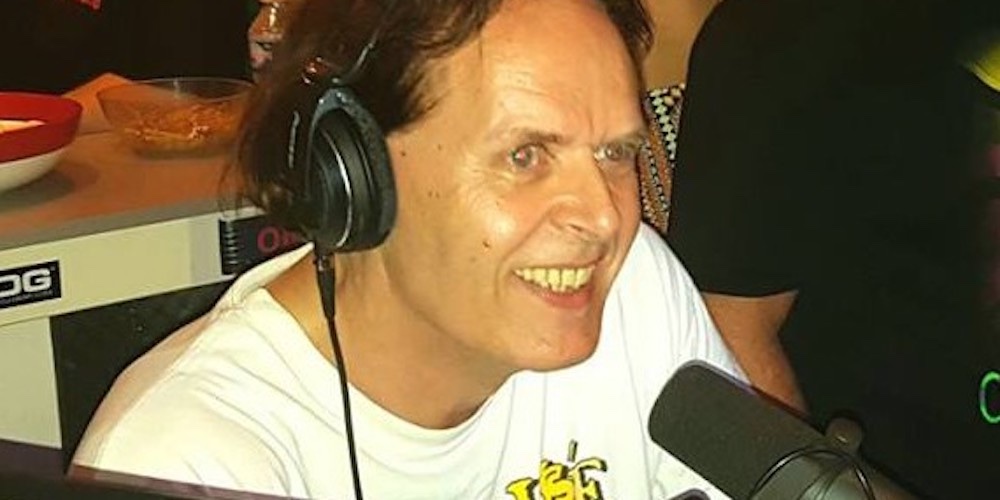 Erik Van Vliet, founder and producer of Laserdance.
Erik Van Vliet, founder and producer of Laserdance.
Founder of Laserdance
In 1969, at the age of twelve, Erik Van Vliet was playing drums and electric bass and was mostly into rock music, but a few years later, he discovered disco and synth-based dance music – music by Moroder and Farina, and a whole new world opened up to him. In 1972, when Erik was 15 years old, he started dj’ing at various clubs in Rotterdam, playing disco music.
– I was also dj’ing in Italy for two summers when I was 18. It was amazing, but soon I had to do military service, normally it is for 18 months, but I signed a contract for four years as a volunteer, because then I would earn three times as much money. I could still work as a dj on the weekends.
– The first dj record shop in Rotterdam, Holland, was named “US Import Records”. I drove around in Milan, Italy in the late 70's to buy the synth-based dance music and early Italo Disco music in a lot of different small underground record stores. I bought all the classics I could find with music by Giorgio Moroder, Mauro Malavasi, Farina and others, partly to play these when I was DJing, but also to sell to the “US Import Records”. These early disco and Italo disco music are still the best, I think. The “Peter Jacques Band”-album "Fire Night Dance" is the best disco album ever made.
Listen to Fire Night Dance on Spotify here.
– After I’ve served in the military, I’d saved so much money that in 1982 I could start my first own record store, "Hotsound Import Records", in Rotterdam. The business grew, and eventually I owned several record stores.
The first Laserdance track
Soon, Erik himself was releasing his own disco synth medleys and mixes, and he had a vision of recording and producing songs also. One song had long fascinated and inspired him, and that was an almost unknown b-side on a vinyl, of a band called "Sponooch" and the song was called “Laserdance” from 1979. Watch the video of Sponooch's "Laserdance" on Youtube here:
Erik did a remake of that song, and made it more suitable for the dance floors. And in 1984 he released his first label called Lazer Dance under the artist name Laserdance.
– I never played the syntheziser. or anything like that, but it's not just about being able to play, but to produce and create the sounds you're looking for. My strength is to produce and create the right marketing. For me, these are two things in one. I don´t want to produce a song if there is not a marketing plan to sell the music.
When it comes to producing music, I have seen so many people over the years that overproduce their music – there are too much instruments and things happening in a song. It is usually better to make it sound simple, because then it is easier for people to listen to it, and above all, they’ll remember it. If you listen to a Laserdance track it is very simple music basically, and its built up the same way as the music from Giorgio Moroder or Arthur Baker (house/tehno producer), to give you an example.
The collaboration with Michiel Van Der Kuy
Erik and the composer and classical pianist Michiel Van Der Kuy met in "The Marathon", a popular Italo Disco club in The Hague, Holland. Michiel loved Eric's Italo Disco music that he promoted at the club, and asked if they should work together. The first step was that Michiel began sending demosongs to Erik.
– Michiel was a classical pianist when we met, and he had not done any Italo- or Spacesynth productions before, so even if he was a great talent, and wrote great music, he didn´t manage to get the right sound. I had to teach him this, and made sure to provide him with a lot of cassettes with early Italo Disco music, to understand the sound.
– We were a great team right from the start. Michiel is mainly the composer of Laserdance, although I have been involved as a composer on some songs, as Michiel is involved in the production, but I'm primarily responsible for the arrangement, production and the mixing. I also do the lyrics and is responsible for the albums titles, the songs titles and the artwork.
The first album
– The first album “Future Generation” was released in 1987. It was magical, everything was just so right with this album. The most successful singles from the album were “Humanoid Invasion” and “Power Run”. It's my voice you hear in those songs. Thesingles, and the album, sold really well.
The main instruments used on “Future Generation” were a Roland Super JX10, Roland Juno-60, MSQ-Roland 100 (sequencer), Linn Drum, and Korg DVP-1 (vocoder) is used extensively.
Listen to "Humanoid Invasion" on Spotify here.
Nine albums
Erik and Michiel did nine Laserdance albums together until 1995, when they went separate ways because Michiel wanted to try his luck on his own, and created the band Rygar. In the year 2000 the last Laserdance album "Strikes Back" was released. Erik made this together with a musician named Julius Wijnmalen. Erik did one more album with him, and the plan was to release a second album in 2002 or 2003, but it never happened.
– “Strikes Back” was Laserdance to the style, but it was not quite the same as when Michiel and I did it. Also after the year 2000 the music industry almost collapsed when people began downloading music.
Back after 21 years
– It is just until recently, when vinyl is selling well again, and we got a pretty good deal with the record label ZYX, both I and Michiel thought it would be fun to make a new Laserdance album. ZYX also had in mind how good the sales had been with our first album.
– With “Force of Order”, we tried to make an even better album than the “Future Generation”, although we knew it would be difficult. “Future Generation” was special. We listened very carefully to it before we worked on “Force of Order”, and it was more or less an order from ZYX to do that.
– “Please, do the new album as similar as possible as the first one ", they said. Both Michiel, I, and ZYX, know that our fans around the world would likely buy the album if it had the original sound from “Future Generation”. In the past we sold about 80 000 albums, and today maybe 1 000 albums, but those are the times now. We are most popular in Mexico and Poland, but it is also where the largest proportion of illegal downloads of our songs are being made.
Same old gear
– Michiel bought exactly the same synths and gear that we used on “Future Generation”. We even rented some gear if we couldn’t find it. We really did everything to get the same sound as on the “Future Generation”. We only used analog hardware synthesizers, no software synthesizers at all, but we recorded and mixed everything in the computer. If we make more Laserdance albums, we will produce it with the same analog equipment.
– It took about six months to complete “Force of Order” - from composing to distribution. Now Michiel had already previously composed a couple of unreleased songs that are on the album. The response of “Force of Order” has been fantastic. Fans really like it, and everyone is happy that me and Michiel are back making music together again.
Listen to “Endless Space” from Force of Order on Spotify here.
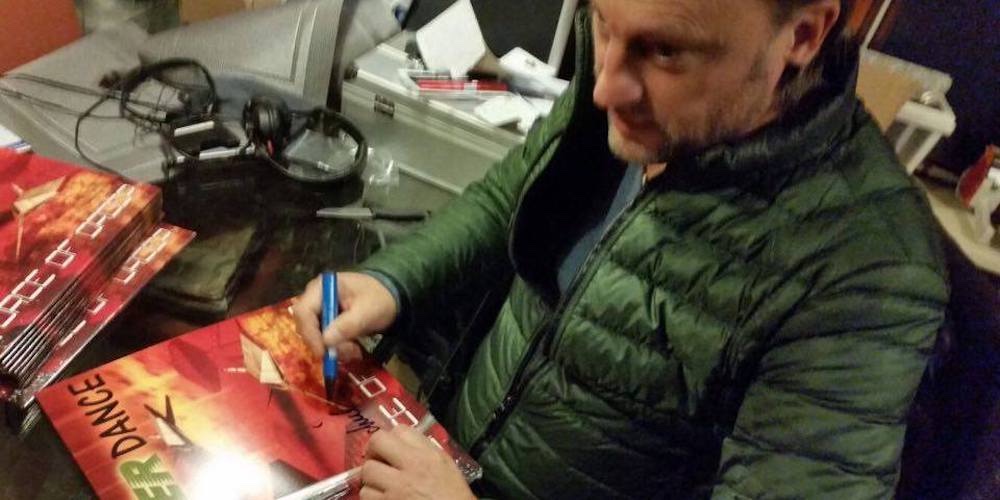 Michiel van Der Kuy signing his autograph on the cover of ”Force of Order”.
Michiel van Der Kuy signing his autograph on the cover of ”Force of Order”.
Possibly more albums to come
Now when Erik and Michiel are back, starting with “Force of Order”, they have already talking about another Laserdance album. Erik has artwork for it, the title of the album, and the titles of the songs.
– We hope to release an album a year, but we have a contract with ZYX and they also have to want us to do it. ZYX of course look to how the sales will go. I will soon have a discussion with them. It is now April, and I need to know in a couple of months if we can plan ahead for a new album.
– For maybe 25 years I have been trying to convince Michiel to set up a Laserdance concert - a tour perhaps? Michiel never been so interested to do that, though, but I think it would be a fun adventure for the both of us. Naturally, it has to be done together with the right people, in the right places and context. Perhaps as an opening act for Kraftwerk?
EARLY SYNTH-BASED DISCO, ITALO DISCO OCH SPACESYNTH
- Giorgio Moroder – From here to eternity, 1977
- Donna Summer (Giorgio Moroder) – I feel love, 1977
- Space – Magic Fly, 1977
- Giorgio Moroder – The Chase (from Midnight Express), 1978
- Peter Jacques band – Fire night dance (album), Walking on music (hit single), 1979
- Sponooch – Laserdance, 1979
- Koto – Chinese revenge, 1982
- Hipnosis – Pulstar, 1983
- Laserdance – Laser Dance, 1984
- Laserdance – Humanoid Invasion, 1987

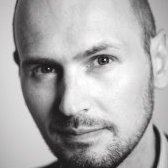
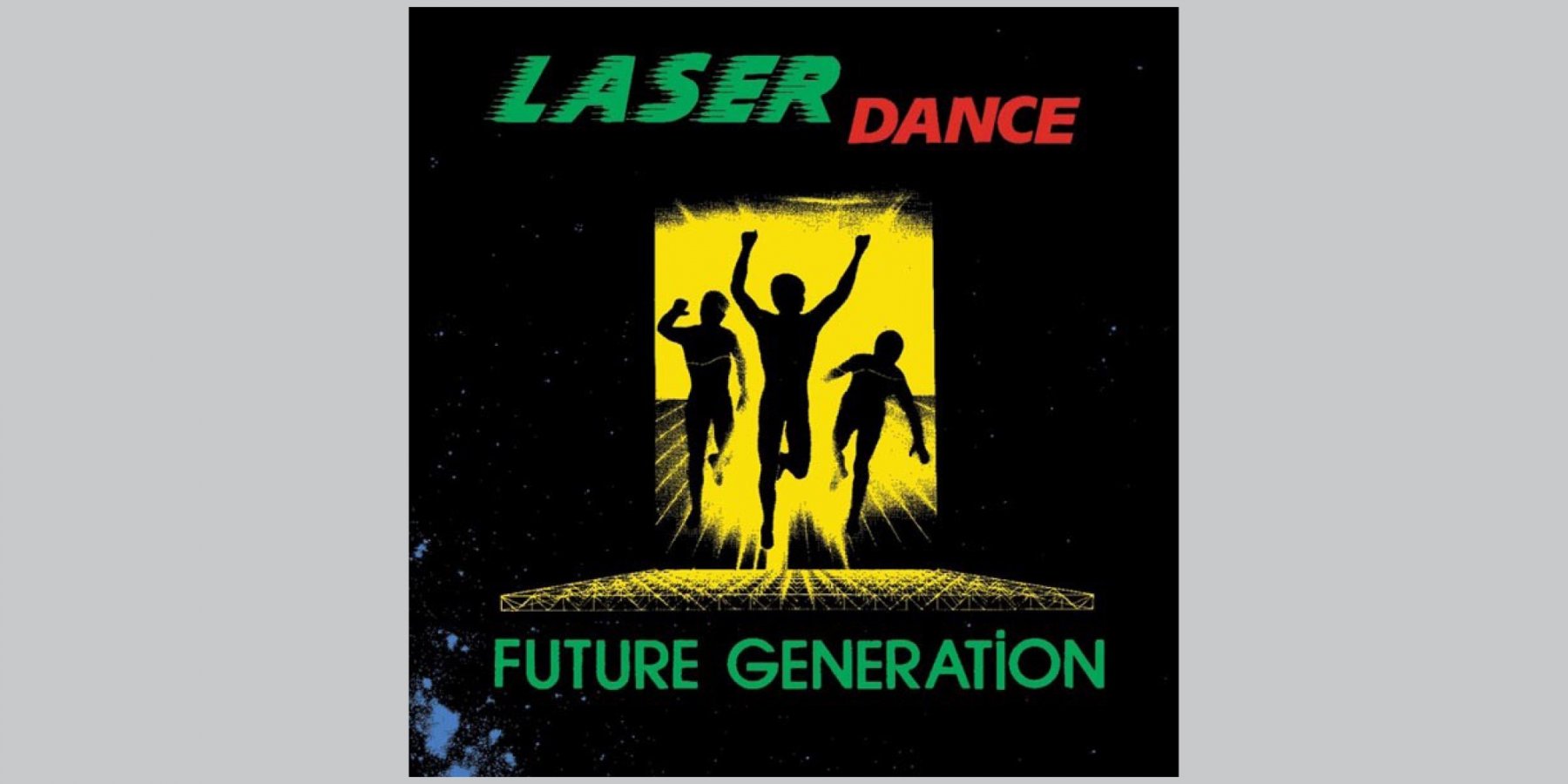
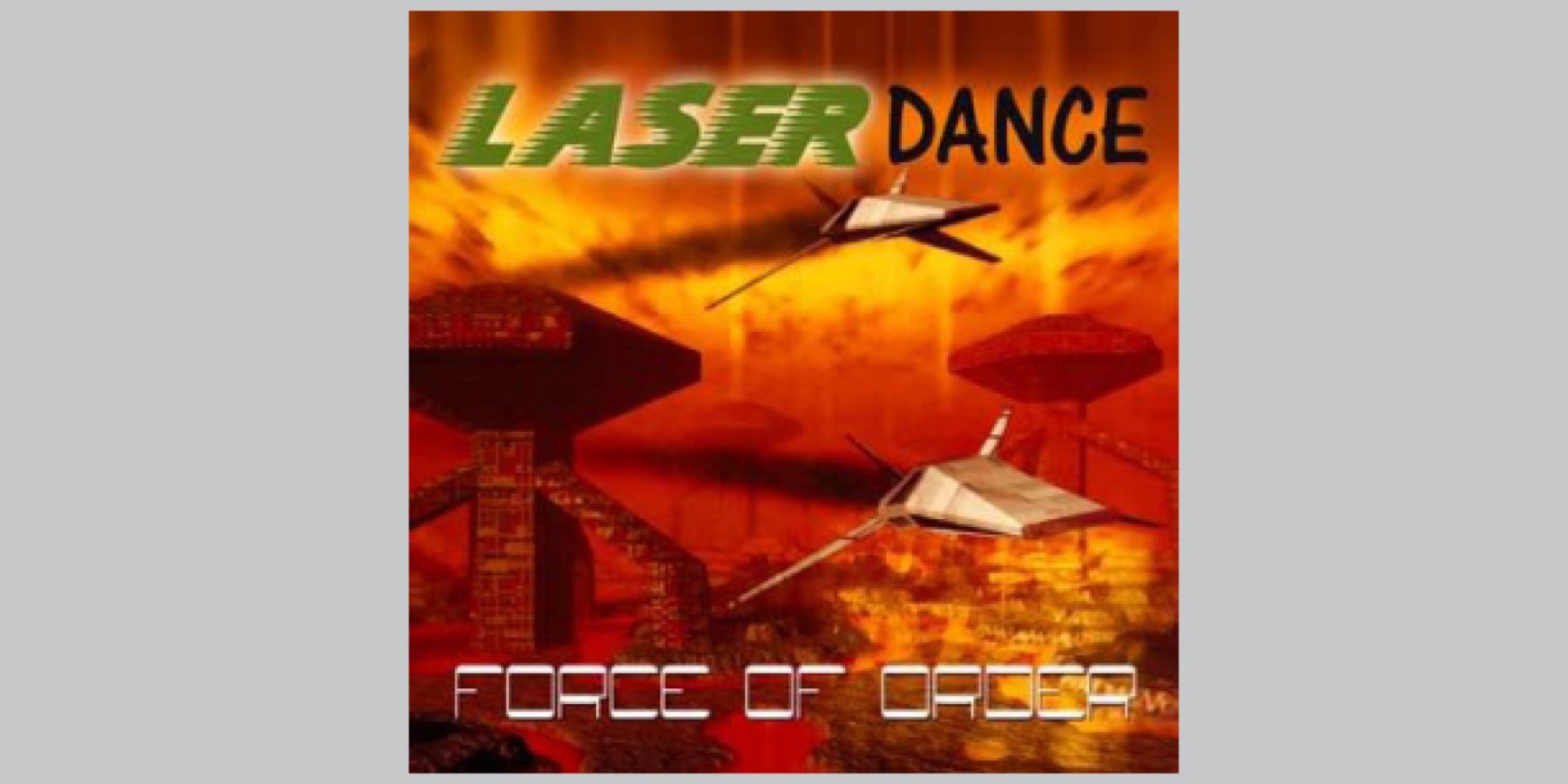

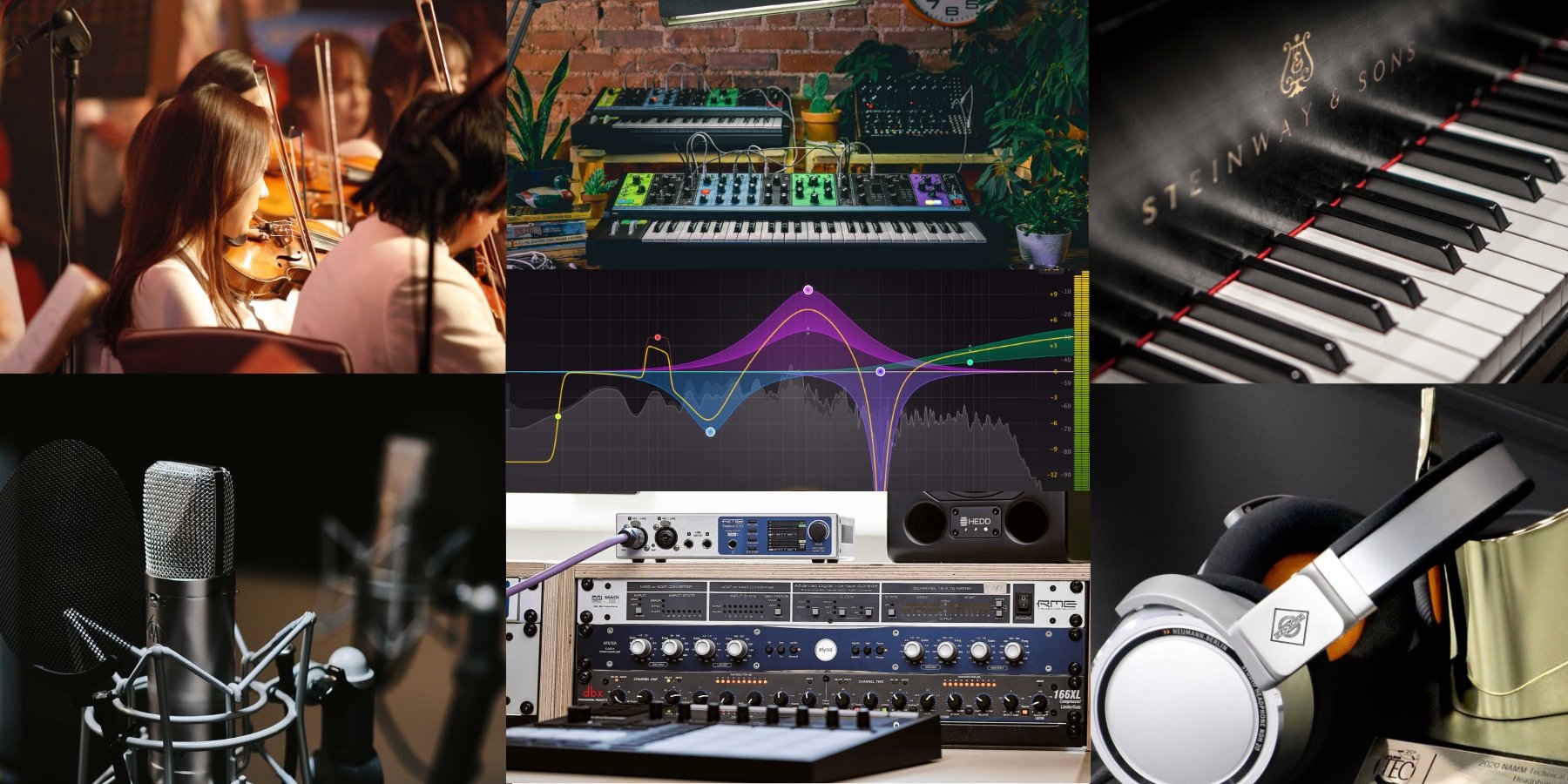
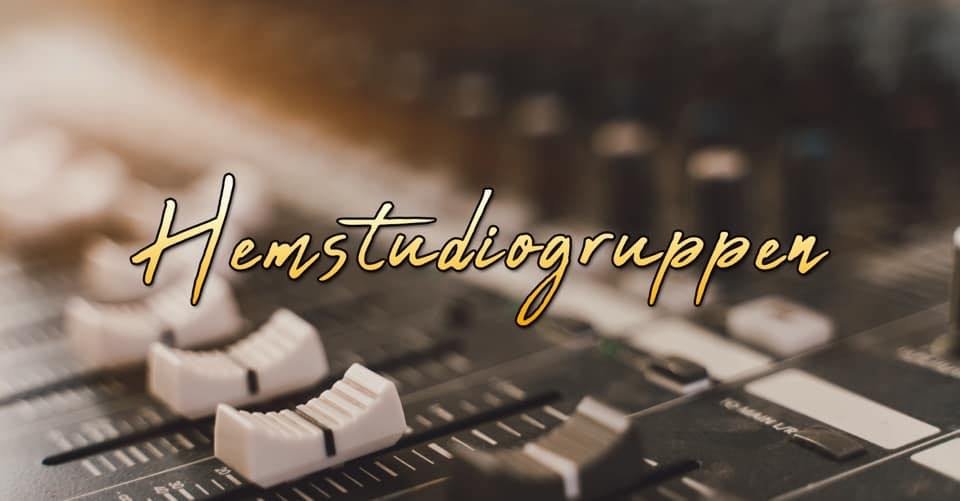
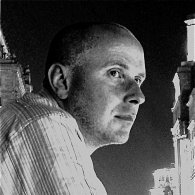

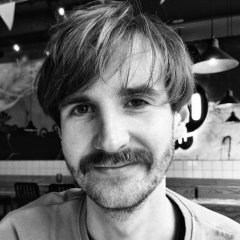


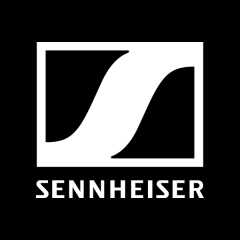
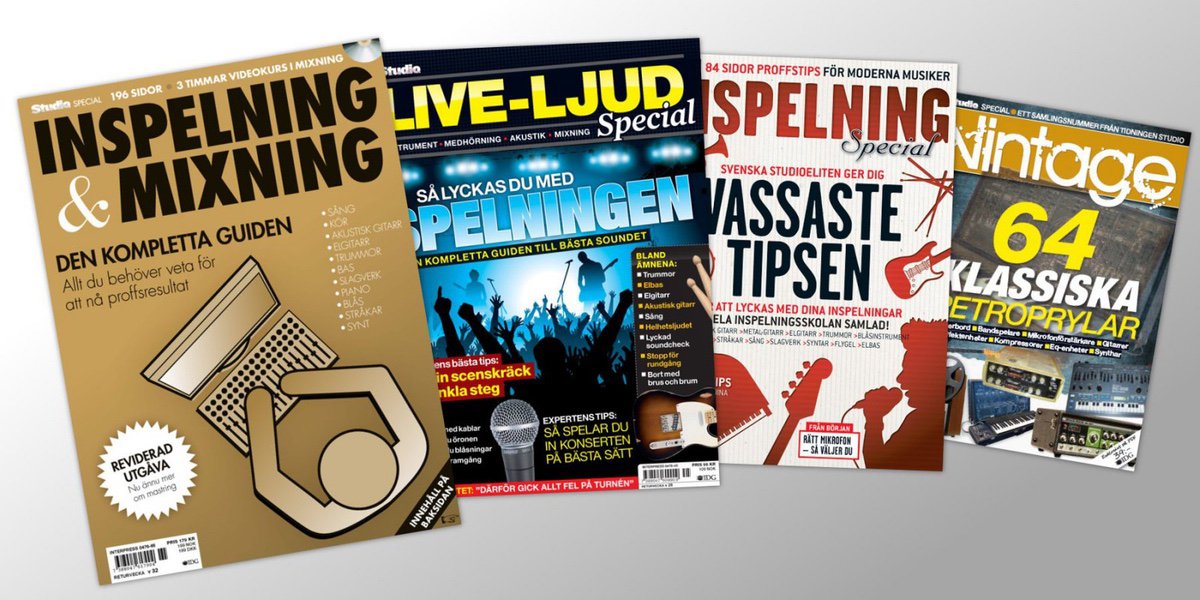

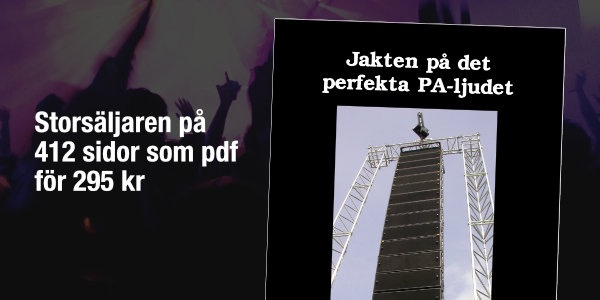
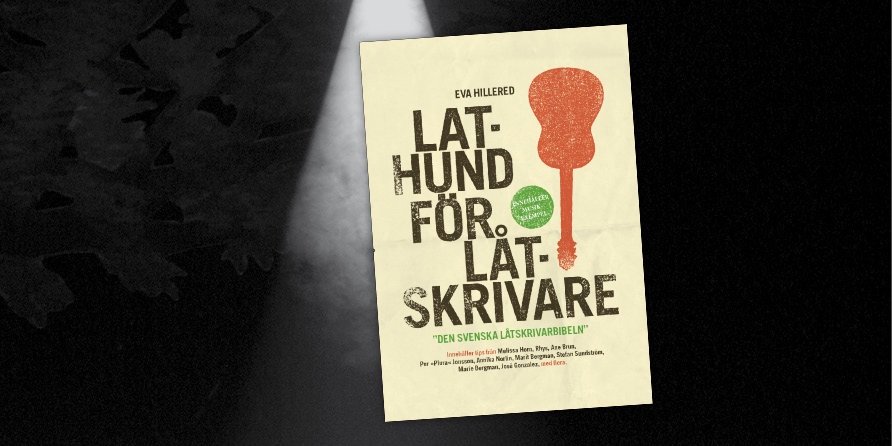
Recommended Comments
Det finns inga kommentarer att visa
Bli medlem (kostnadsfritt) eller logga in för att kommentera
Du behöver vara medlem för att delta i communityn
Bli medlem (kostnadsfritt)
Bli medlem kostnadsfritt i vår community genom att registrera dig. Det är enkelt och kostar inget!
Bli medlem nu (kostnadsfritt)Logga in
Har du redan en inloggning?
Logga in nuLogga in här.